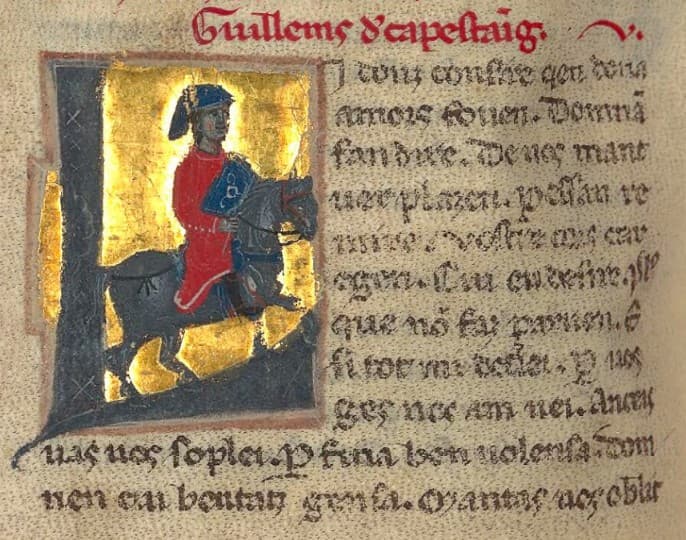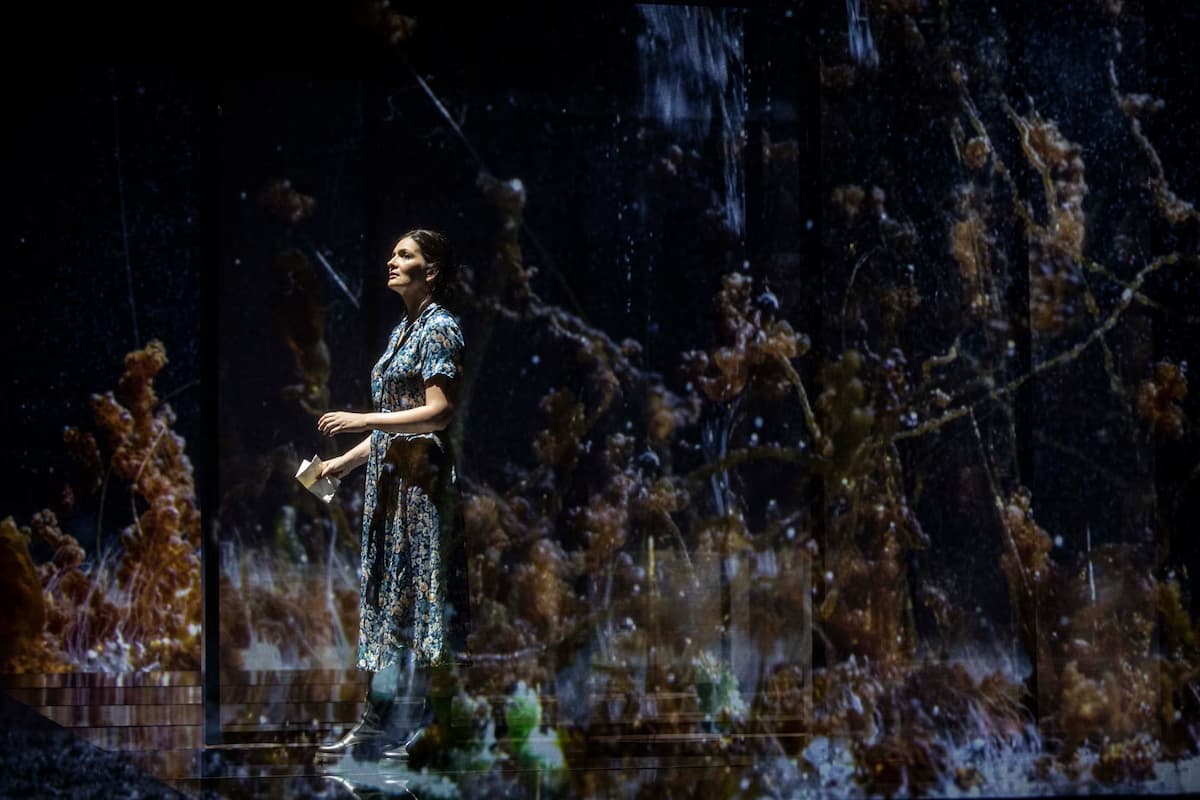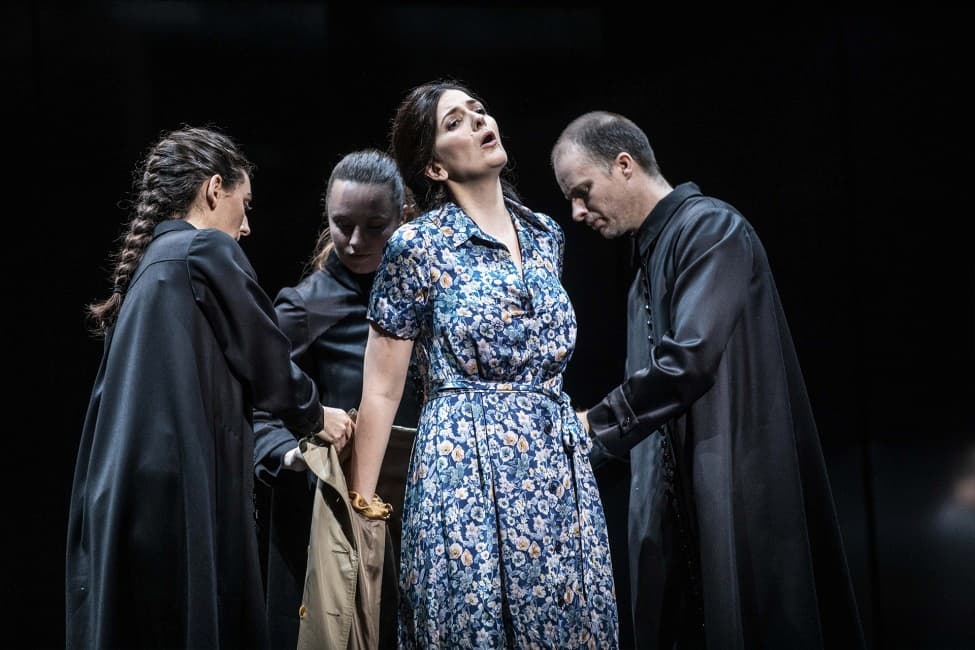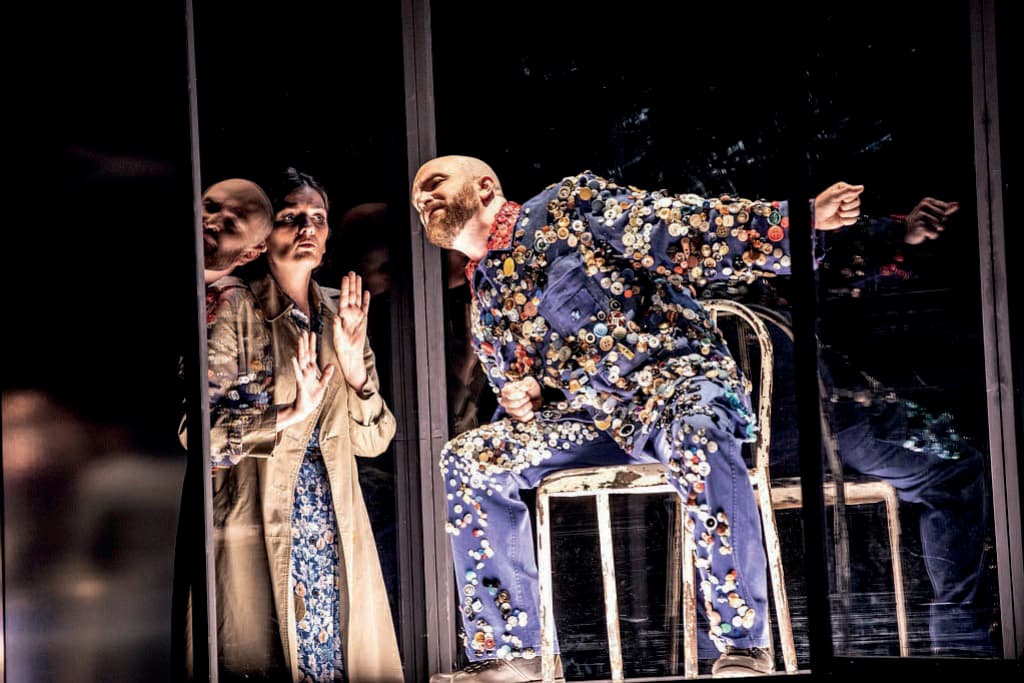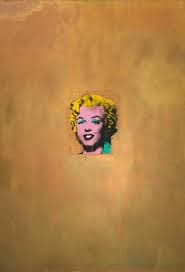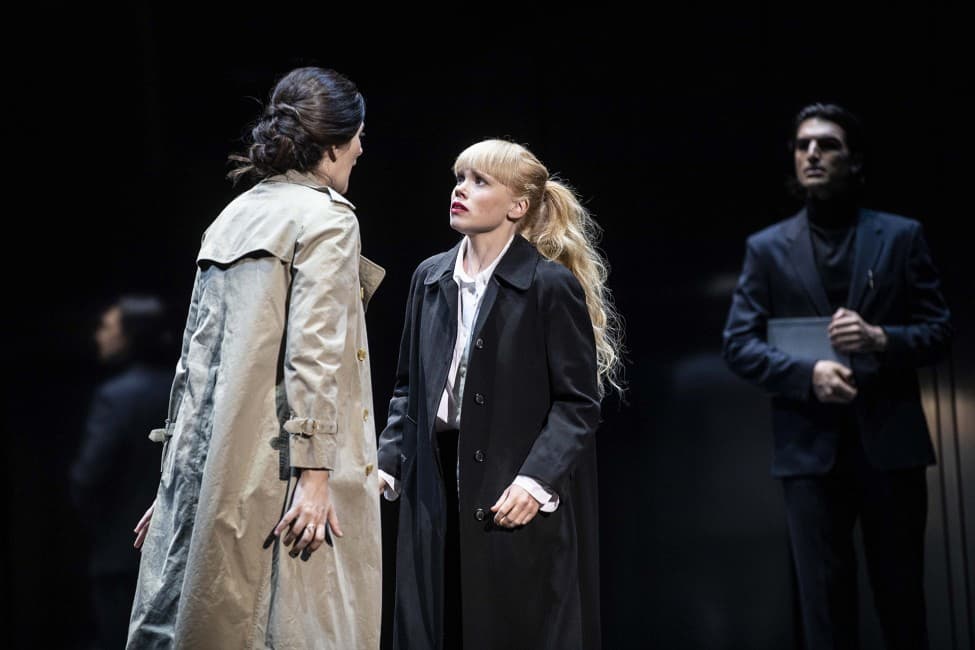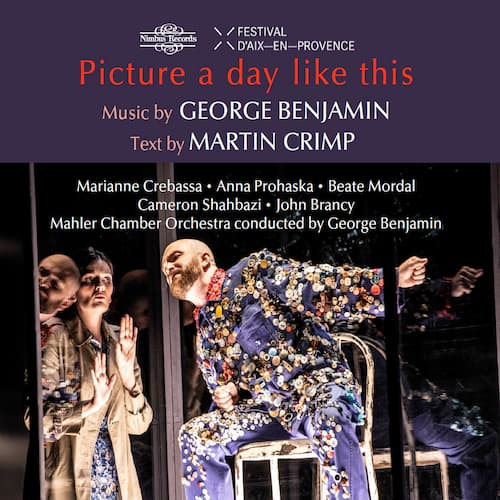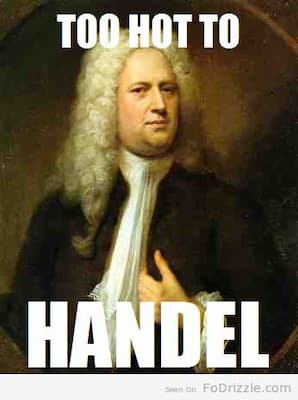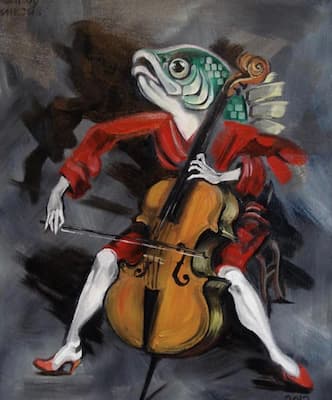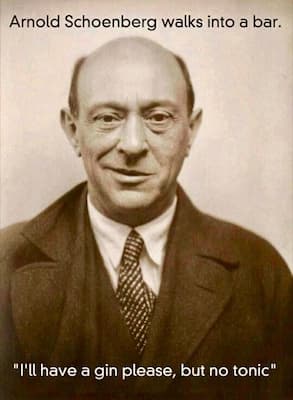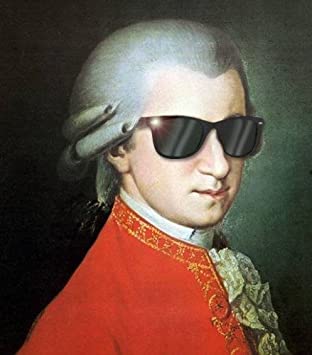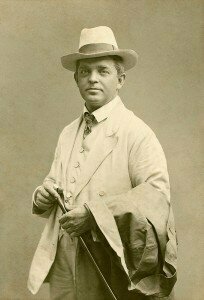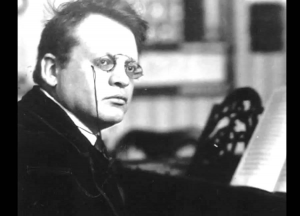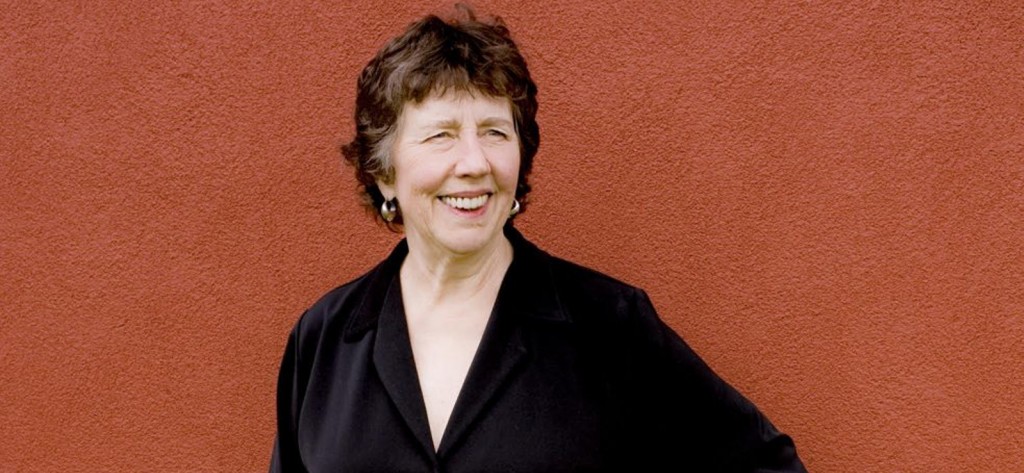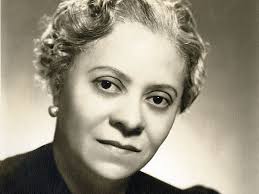Gracing the presscon launching the ‘Music, Movies, Magic’ fundraiser are (standing, from left) Philippine Philharmonic Orchestra Society, Inc (PPOSI) vice president Nes Jardin, chairman Anton Huang, Dio Saraza Jr., and ‘Music, Movies, Magic’ director Alex Cortez. Seated are (from left) PPOSI president Margie Moran Floirendo, CCP president Kaye Tinga and Camille Lopez-Molina.
Charmie Joy Pagulong - The Philippine Star
MANILA, Philippines — Funding is the “greatest challenge” that the theater landscape is facing today, according to Philippine Philharmonic Orchestra Society, Inc. (PPOSI) president Margie Moran Floirendo.
“It’s always funding,” Floirendo remarked during the “Music, Movies, Magic” presscon. Slated on Nov. 22 at the Samsung Performing Arts Theater in Makati City, the fundraising show is presented by the Cultural Center of the Philippines (CCP) and the PPOSI.
“In the case of the CCP, our building is not yet finished. It’s still under construction and we need more funding to finish it. And so, we need help, of course, from the government and the private sector to finish it,” she continued.
“And then also, I speak about other theaters in the country that are funded by LGUs (local government units). They also need more funding to maintain (them) and to have content so that performers can perform in those theaters as well.”
Floirendo also stressed the importance of audience education. “Because we’re losing the young generation to watch theater. One, because in the past, I remember that the Department of Education (DepEd) would send students and pay for their tickets and fill up our theaters. There’s so many restrictions now with DepEd. So, that doesn’t happen anymore. So, they come on their own, with their parents. But you don’t see the masses of students watching the performances,” she explained.
“And then also, marketing budgets,” she pointed out. “We need to announce what’s happening. Many people don’t realize there are good shows in Quezon City or in Pasay or in Makati. So, things like that, aside from traffic.”
Amidst such challenges, the country still has a lot of talents to offer here and abroad, cited Floirendo. “If you watch the PPO, there were 100 musicians on stage. It was really a delight to watch them. Those performing in ‘Music, Movies, Magic’ are top performers as well. So, there are a lot of talents in the state and the country. And you have a lot of talents in the world who are performing.”
Kaye Tinga, president of CCP, echoed Floirendo, stating: “As a lot of you might know, PPO (Philippine Philharmonic Orchestra) is actually the resident orchestra of the Cultural Center of the Philippines. And like Margie was saying, the problem is funding. And as a government institution, we’re always lacking funds.
“And we would like to grow our orchestra. Presently, we have 40 regular players. We would like to grow it to 70. And this production will go a long way in helping us raise funds, provide instruments to make sure that we have the PPO that the Philippines deserves.”
Moreover, the “Music, Movies, Magic” show will transport audiences to worlds created by iconic songs and melodies that have defined many timeless films cherished throughout generations and will also feature both international and local hits.
The event will highlight Johann Strauss II’s Die Fledermaus Overture, Pyotr Ilyich Tchaikovsky’s Swan Lake, Edward Elgar’s Enigma Variations: IX to be performed by PPO; Umberto Giordano’s La Mamma Morta to be staged by opera singer Camille Lopez-Molina; Jules Massenet’s Thaïs: Meditation to be mounted by concert violinist Diomedes Saraza Jr.; and Mozart’s The Magic Flute: Queen of the Night to be played by award-winning soprano Lara Maigue.
The other performers also include Arman Ferrer, Cris Villonco, Jonathan Velasco, Alice Reyes Dance Philippines, Philippine Madrigal Singers, among others. The show’s music director and conductor is Gerard Salonga with Alexander Cortez as the director.
The “Music, Movies, Magic” aims to support the growth and development of the PPO and its various initiatives, including the training and development of orchestra members, the promotion of international performances, and the expansion of outreach programs to build a supportive national audience. It is made possible by SSI Group, Inc., LCS Group of Companies, Sta. Elena Construction & Development Corporation, Megaworld Corporation, Bank of the Philippine Islands, Rustan Coffee Corporation, and San Miguel Corporation.
(Tickets start at P8,000 for Orchestra Center seats; P6,000 for Orchestra Side; P4,000 for Loge Center; P3,000 for Loge Side; P2,000 for Balcony 1; and P500 for Balcony 2. Secure your spot via TicketWorld at ticketworld.com.ph or 0917-5506997, the CCP TIG Box Office (0931-0330880), or through Lulu Casas (0917-5708301).



